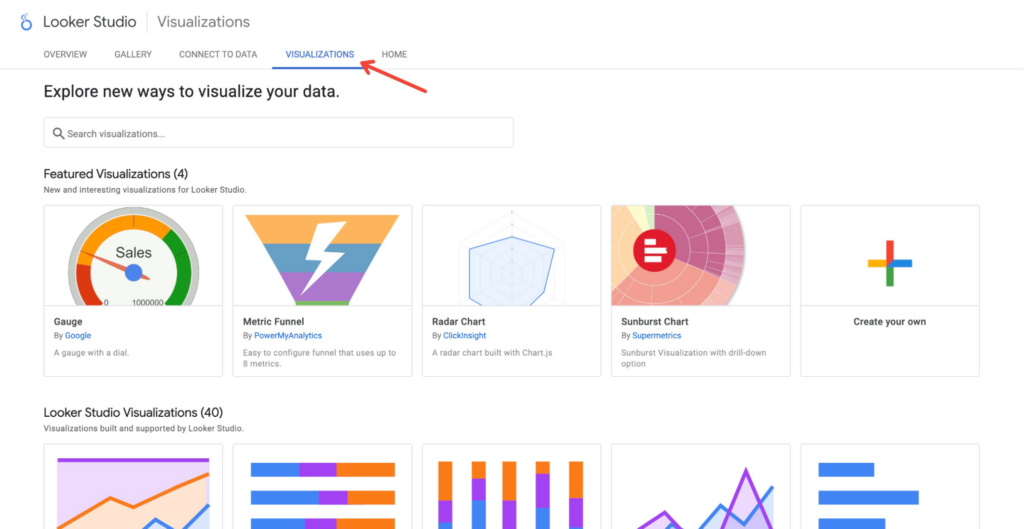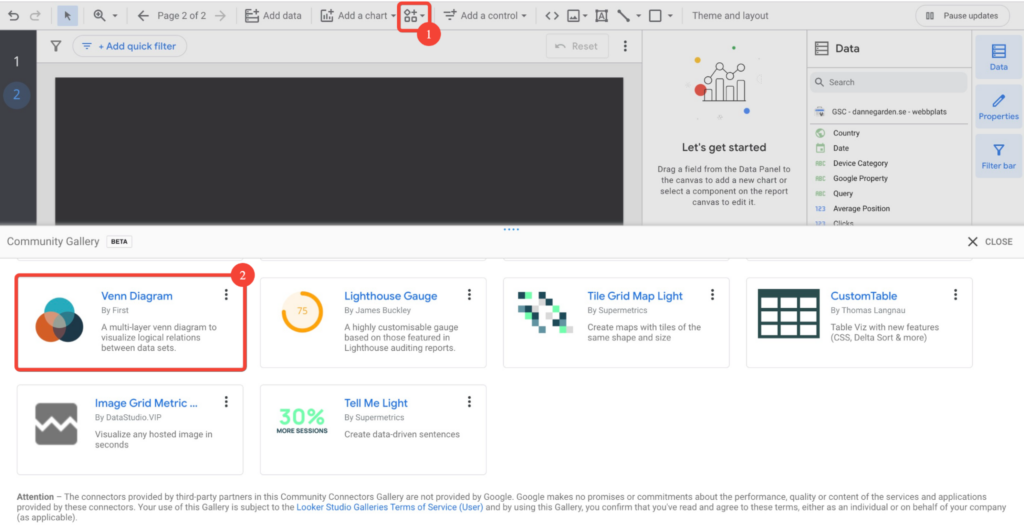Cross-channel attribution isn’t about chasing every click; it’s about asking the right questions. What’s really driving growth? Which touchpoints matter, and which don’t? In 2025, your competitive edge isn’t more data. It’s clarity.
The attribution problem no one talks about
Attribution is often framed as a math problem: allocate X% credit to each touchpoint. In 2025, however, the real challenge won’t be distributing credit, it’s cutting through noise. Modern attribution isn’t about tracking every click; it’s about:
- Deciding what not to measure.
- Balancing precision with practical application.
- Shifting from a channel-first mindset to a customer-first approach.
Your best-performing channels often aren’t the data champions. They’re the ones creating memorable customer experiences that build lasting connections.
The ‘missing’ link: Intent-driven attribution models
Most attribution models miss the mark because they treat all clicks equally. But each interaction signals different customer intentions. Modern attribution needs to connect these signals to actual buying behavior.
How do you build an intent-driven attribution framework?
1. Match intent to funnel stage
- Top-funnel: Brand discovery and learning.
- Mid-funnel: Active research and comparison.
- Bottom-funnel: Ready to purchase.
2. Track behavior shifts
GA4’s predictive analytics show when casual browsers start acting like buyers. Watch these signals closely.
3. Value quality interactions
Time spent reading product details matters more than a quick homepage visit. Adjust your attribution accordingly.
GA4’s new approach
GA4 breaks free from session-based tracking to follow complete customer journeys across devices. The goal isn’t finding one winning channel – it’s understanding how different touchpoints lead to sales.
Think of it like this:
- Social ads spark initial interest
- Email nurtures that interest
- Search ads close the deal
It’s like connecting dots in a customer’s story, not just splitting credit between channels. Each touchpoint adds context to user intent and moves them closer to a decision.
Four great hidden GA4 features
1. Conversion paths report
Use Path Exploration to find where customers get stuck and fix weak points in your funnel.
Go to Admin > Explore > Path Exploration, then select your starting point and analyze where users drop off in your funnel.

2. Event tracking
Track micro-actions like video views or scroll depth – they often reveal purchase intent before a conversion.
Go to Admin > Data display > Key events > New key event, then set up events for better insights.

3. Attribution windows
Match your lookback period to your sales cycle. Longer windows (30 days vs 7) often show how content marketing drives sales over time.
Go to Admin > Data Display > Attribution Settings, and set your lookback period to match your sales cycle.

4. Future ROI forecast
Combine GA4’s predictive data with your past ROI to spot tomorrow’s winning channels. Make sure your data meets the necessary thresholds to unlock predictive metrics.
Go to Explore > New Exploration > Metrics > Predictive, and see forecasts for future ROI based on historical behavior.

Quick tip: Review your dashboard monthly. Drop any metrics that don’t connect directly to revenue or growth – they’re just noise.
Making data tell its story in Looker Studio
Spreadsheets don’t convince stakeholders – clear insights do. Here’s how to build Looker Studio dashboards that actually drive decisions.
Two essential dashboard views for cross-channel attribution
1. Smart funnel analysis
Track how different customers (high-value vs repeat) move through your funnel and compare against benchmarks to spot issues early.
Go to Home > Visualizations, and browse featured or choose create your own.

2. Channel overlap heatmap
Use Venn diagrams to visualize how channels like paid search, organic, and social overlap in driving conversions. Find where you might be paying twice for the same customer.
Go to Community Visualizations > Explore More > Venn Diagram to visualize how channels overlap.

Common attribution pitfalls and how to avoid them
Attribution isn’t just about what you track—it’s about how you interpret it. Here are five traps even experienced marketers fall into:
Pitfall #1: Blindly trusting data-driven models
Numbers tell you what happened, not why. Combine your analytics with customer feedback and session recordings to get the full picture.
Pitfall #2: Using the wrong success metrics
Don’t judge awareness campaigns by conversion rates. Match your metrics to campaign goals:
- Awareness → Reach and engagement
- Consideration → Content engagement, return visits
- Conversion → Sales and revenue
Pitfall #3: Missing channel connections
Channels work together, not alone. Use GA4’s Data-Driven Attribution to understand how your channels support each other – like how display ads might boost your search performance.
Pitfall #4: Ignoring the time lag between touchpoints
Attribution models often overlook the time delay between interactions. Customers might see your ad today but convert weeks later. Track and factor in the full customer journey timeline to avoid misjudging your channels’ impact.
Pitfall #5: Missing cross-device behavior
Customers don’t just use one device. They might see your ad on mobile, research on desktop, and convert on tablet. Ensure you’re capturing cross-device interactions to get a true picture of how channels influence each other.
A better way to think about attribution
The secret to better attribution isn’t more data – it’s better questions. Instead of obsessing over perfect channel attribution, focus on understanding your customer’s story:
- What drives their decisions?
- Which metrics actually matter to your bottom line?
- What insights can you turn into action today?
GA4 and Looker Studio aren’t just tracking tools – they’re your lens into customer behavior. Use them to:
- Understand how channels complement each other
- Catch early signals of buying intent
- Make confident budget decisions backed by data
Remember: The best attribution isn’t about tracking every click – it’s about understanding the journey your customers take to find you.




